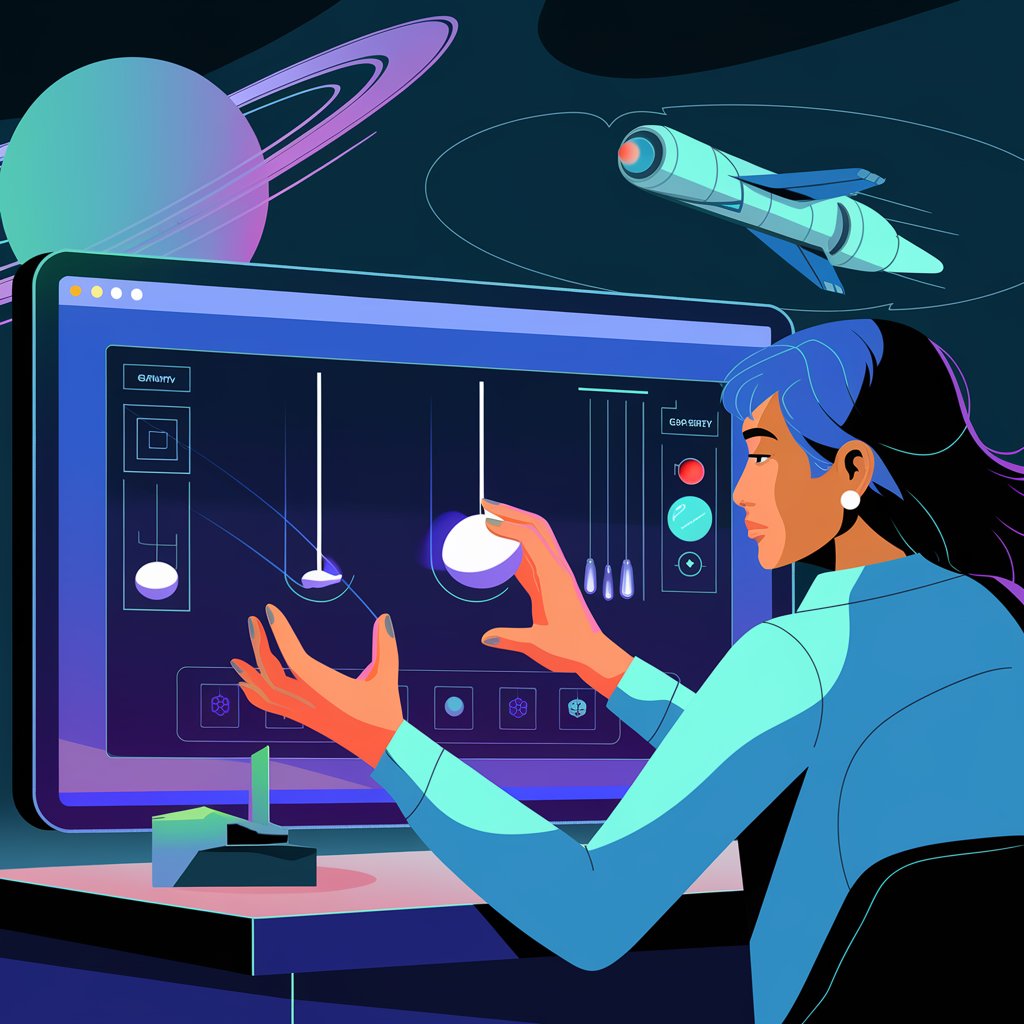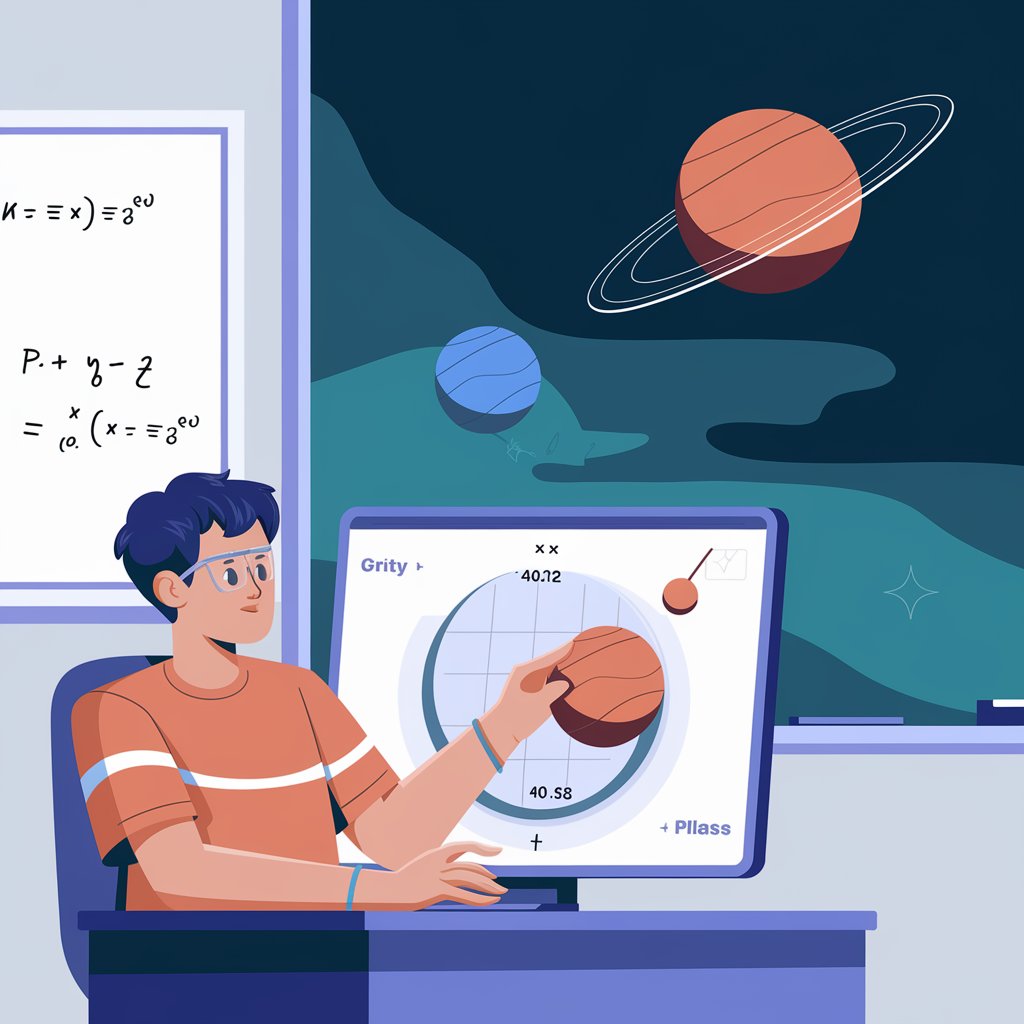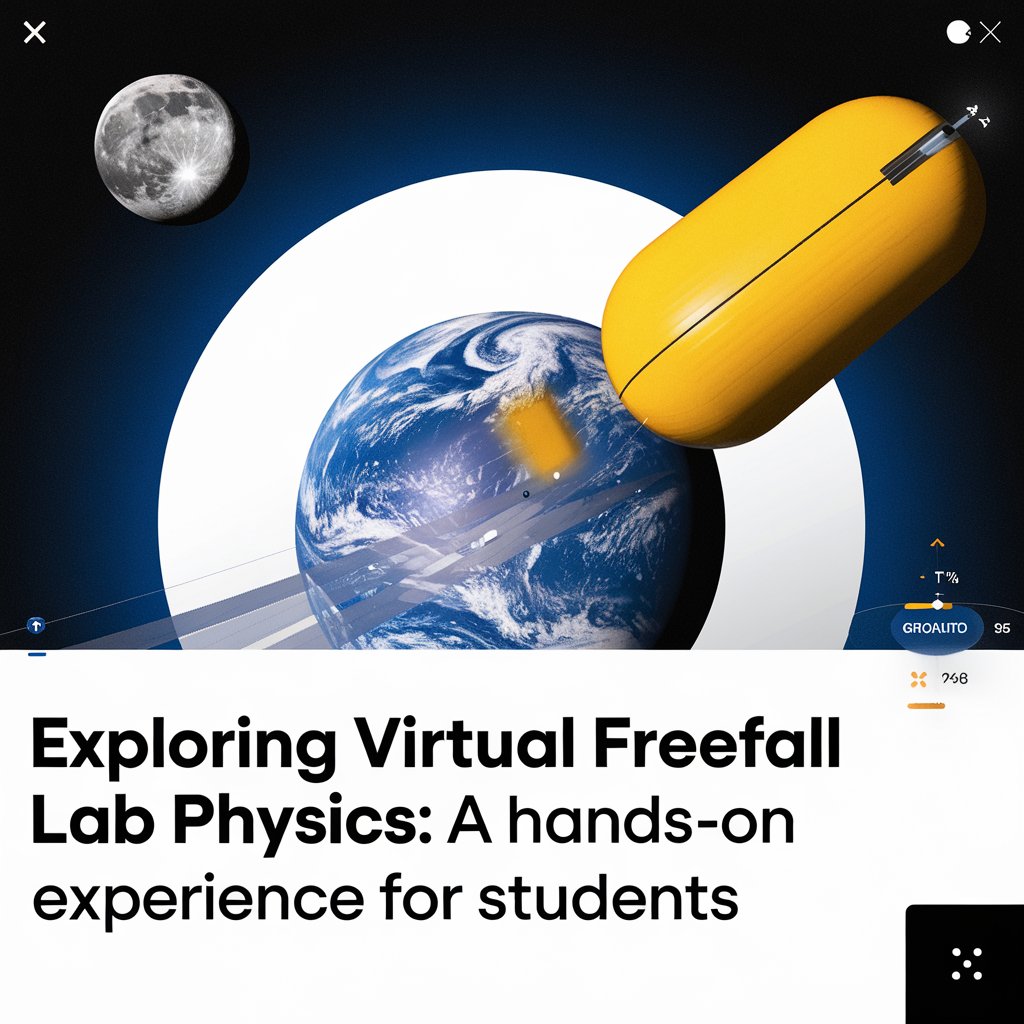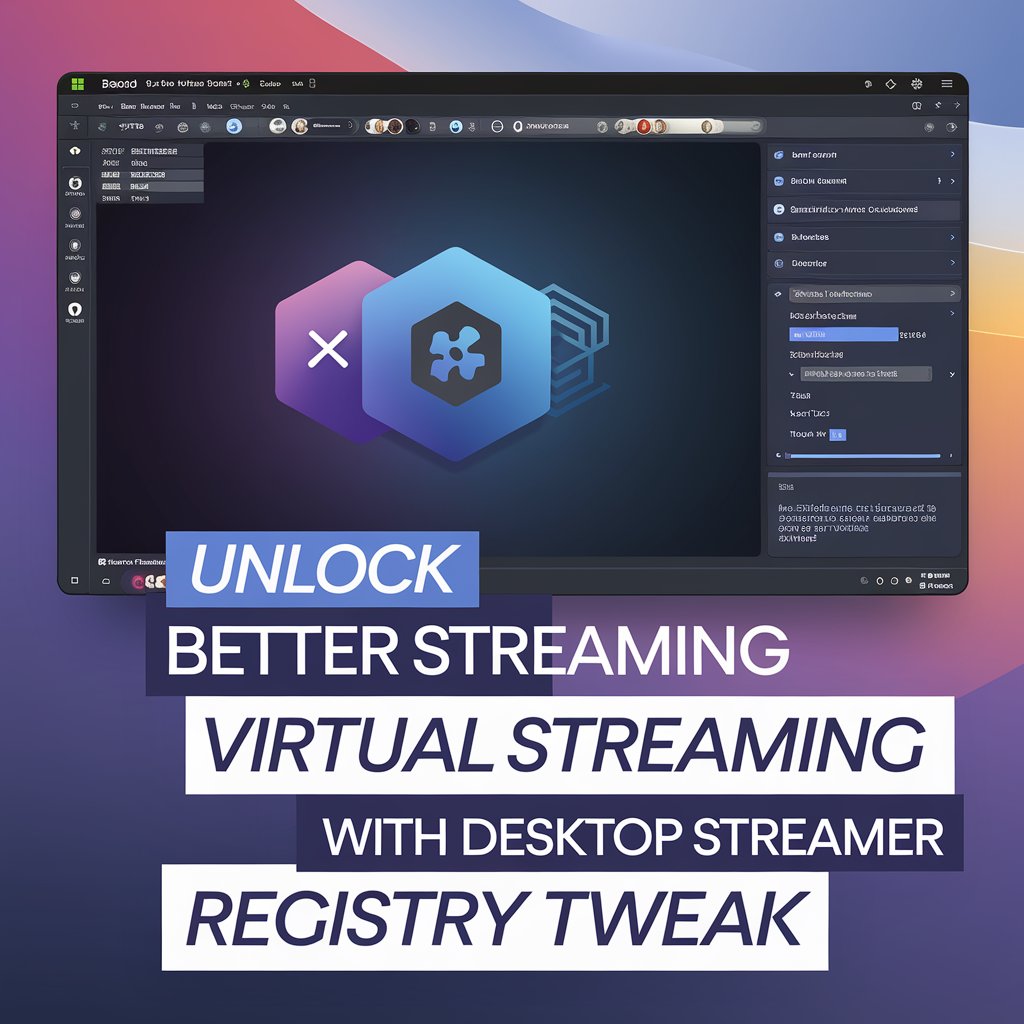Table of Contents
Virtual freefall lab physics allows students to explore the exciting concept of gravity and motion, without needing a traditional lab setup. With the help of this virtual tool, anyone can study how objects fall on different planets, all from the comfort of their home. This interactive experience helps to better understand the physics of freefall, by allowing users to change factors like gravity and the mass of the object in motion.
In a typical physics lab, you might not have access to multiple gravitational forces or a way to measure every detail of freefall. However, with virtual freefall lab physics, all that changes. The simulation gives you the ability to test freefall in different environments, like Earth, the Moon, or Mars, and instantly see how time and distance are affected. Whether you are a beginner or a more advanced student, this virtual tool makes learning physics both fun and informative.
How Virtual Freefall Lab Physics Enhances Your Understanding of Gravity
Understanding gravity is easier when you can see it in action. With virtual freefall lab physics, you can simulate freefall on various planets like Earth, the Moon, and Mars. Each of these planets has different gravity, and the simulation helps you visualize how gravity affects how fast objects fall.
- Test Gravity on Earth, Moon, and Mars: You can see how objects fall differently on each planet. On Earth, objects fall quickly due to stronger gravity, while on the Moon, the fall is slower. Mars has gravity in between.
- Adjust Object Mass: You can change the weight of an object and observe how it affects the fall time. This shows that, unlike common belief, mass does not affect how quickly something falls in a vacuum.
- Instant Feedback: You get immediate results that help you understand how changes in gravity or mass affect freefall.
By seeing these effects firsthand in a virtual space, students can better understand how gravity works and how it impacts everything around us.
Exploring Freefall on Different Planets: Earth, Moon, and Mars

One of the best parts about virtual freefall lab physics is the ability to explore how objects behave under different gravitational forces. You can choose between Earth, the Moon, and Mars, each having different gravity values. This makes it easy to compare how objects fall depending on where they are.
On Earth, the gravity is the strongest, so objects fall quickly. On the Moon, however, gravity is weaker, and objects take longer to reach the ground. Mars has gravity that’s somewhere between Earth and the Moon, so objects fall at a medium speed. Understanding how gravity affects freefall on different planets helps us learn about space and other worlds.
You can also experiment with changing the height from which you drop the object. This gives a more accurate picture of how freefall works on different planets and helps students understand concepts like acceleration due to gravity.
Understanding the Impact of Mass in Virtual Freefall Lab Physics
A common question in physics is whether the mass of an object affects how quickly it falls. In virtual freefall lab physics, you can test this yourself. Even though objects with different masses might look like they fall at different speeds in real life, the simulation shows that mass does not affect the rate of freefall in a vacuum.
- Mass Doesn’t Change Fall Time: In the virtual lab, whether you drop a feather or a rock, both objects fall at the same speed in the absence of air resistance. This helps clarify the misconception that heavier objects fall faster.
- Explore Different Objects: You can test different objects, such as a ball or a piece of paper, to see how they behave in the virtual lab. It’s a great way to learn about the principle that all objects fall at the same rate when air resistance is not present.
- Real-Life Application: By understanding this concept, students can relate it to real-world scenarios, such as astronauts dropping objects on the Moon, where there’s less air resistance.
The impact of mass is an important concept to grasp in physics, and virtual freefall lab physics makes it simple to see for yourself.
How Virtual Freefall Lab Physics Helps Students Learn Through Experimentation

Experimenting is a key part of learning science, and virtual freefall lab physics makes it easier for students to experiment without needing a lab or special equipment. Students can try out different variables, like gravity, mass, and height, and instantly see the results. This hands-on approach helps them understand theoretical concepts in a way that just reading about them cannot.
Through experimentation, students gain a deeper understanding of how physics works. They can experiment with different scenarios, see the outcomes, and adjust their approach based on the results. This process is essential for developing critical thinking and problem-solving skills. The virtual tool gives students the chance to explore physics in a fun, safe, and interactive way.
- Hands-on Learning: Students can change variables like mass, gravity, and height to see how the freefall time changes.
- Instant Results: The simulation gives immediate feedback, so students can quickly adjust their experiments and learn more.
This ability to experiment freely makes virtual freefall lab physics a valuable tool for students of all ages.
Why Virtual Freefall Lab Physics is a Game Changer for Physics Education
Traditional physics experiments can be complicated and expensive. But with virtual freefall lab physics, learning has become more accessible, safe, and affordable for everyone. No longer do students need expensive equipment or a physical lab to understand basic physics concepts. All they need is a computer or tablet to run simulations and explore.
- Cost-Effective Learning: Virtual tools reduce the cost of experiments by eliminating the need for physical equipment.
- Accessible Anywhere: As long as students have an internet connection, they can learn and experiment no matter where they are.
- Interactive and Fun: With interactive simulations, students are more engaged, making learning physics a fun experience.
Conclusion
Virtual freefall lab physics is a great way for students to learn about gravity and motion in a fun and easy way. It lets you experiment with different planets, gravity levels, and even the mass of objects, all from your computer or tablet. This hands-on experience helps you understand how things fall, making it much easier to grasp tough physics concepts. You can learn and see physics in action, all without needing a real lab.
By using this tool, students get the chance to learn through experiments and see the results right away. It’s a safe, affordable, and interactive way to study physics, and it’s perfect for both beginners and those who want to deepen their knowledge. Virtual freefall lab physics makes learning science more exciting and accessible for everyone!
FAQs
Q: What is Virtual Freefall Lab Physics?
A: Virtual Freefall Lab Physics is an online tool that lets students experiment with how objects fall under different gravity conditions, helping them understand freefall and gravity without needing a physical lab.
Q: Can I test freefall on different planets?
A: Yes, you can simulate freefall on Earth, the Moon, and Mars to see how objects fall in different gravitational environments.
Q: Does the mass of an object affect how fast it falls in the simulation?
A: No, in the virtual lab, mass does not affect the fall time because gravity pulls all objects equally when there’s no air resistance.
Q: Do I need special equipment to use Virtual Freefall Lab Physics?
A: No, you only need a computer, tablet, or smartphone with internet access to run the simulations.
Q: How accurate are the results in the virtual lab?
A: The results are highly accurate and reflect real-world physics, though there may be small fluctuations due to experimental errors, just like in real-life experiments.
Q: Is Virtual Freefall Lab Physics useful for students of all ages?
A: Yes, it is great for students of all ages, from beginners to those studying advanced physics, making learning about gravity fun and easy.



